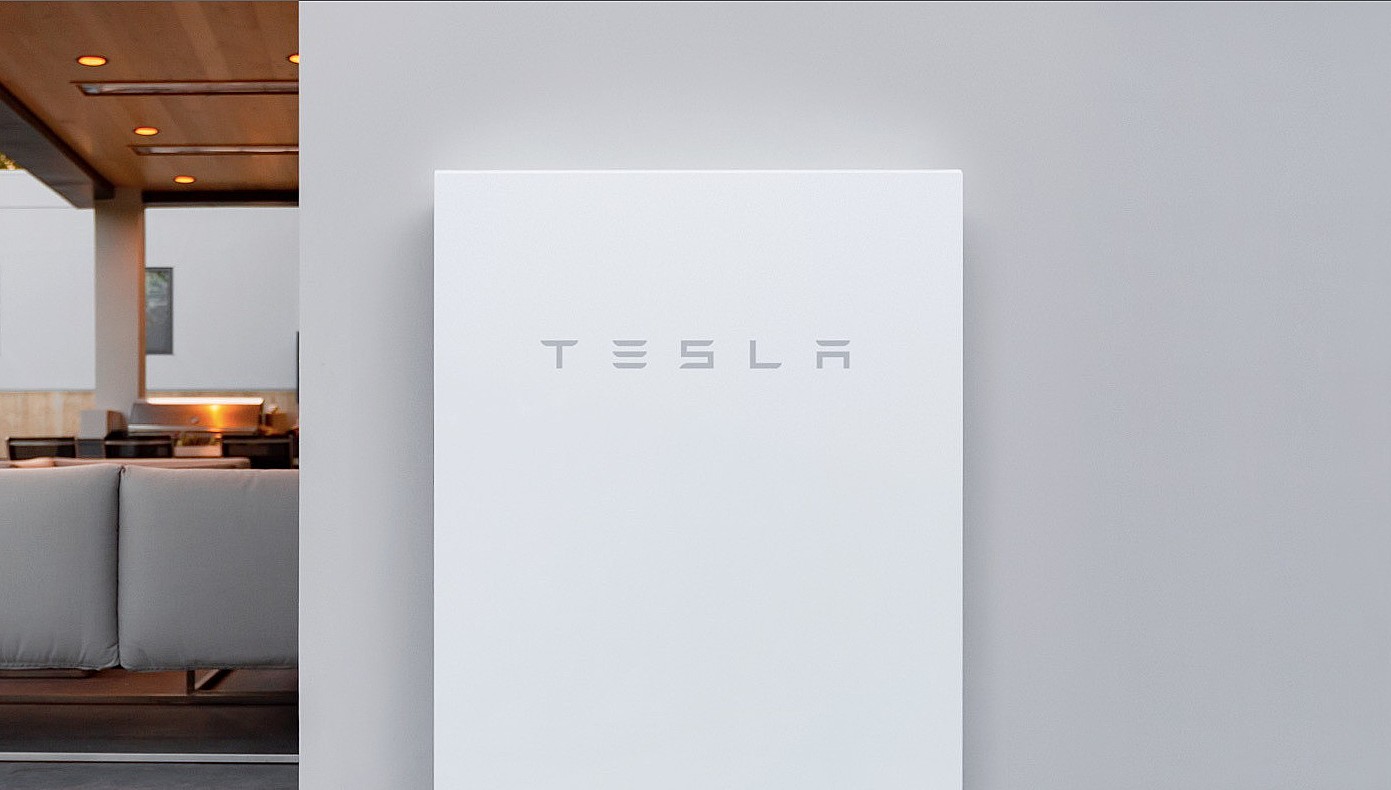Tesla and Pacific Gas and Electric (PG&E) invitd 25,000 customers to create the world’s largest distributed battery to support grid reliability, the utility announced. We knew about this partnership in June when the two companies announced they were working together to launch a virtual power plant (VPP) program. The program allows homeowners with a Tesla Powerwall to send electricity to the grid when needed. The VPP pilot program has now been launched.
PG&E Emergency Load Reduction Program
By enrolling and combining residential Powerwall systems into a VPP that will send power back to the grid when needed, Tesla is now participating in the utility’s Emergency Load Reduction Program (ELRP). Customers who are participating will also be compensated.
The ELRP is a five-year pilot program that offers PG&E customers financial incentives to reduce their energy usage during grid stress or emergencies. The goal is to avoid rotating outages and minimize costs to customers.
How The PG&E Tesla VPP Will Work
The utility noted that it will call load management events for participating customers. Next, it will direct their batteries to discharge when there is a high demand for electricity between 4 pm and 9 pm from May through October.
PG&E customers who have Tesla Powerwalls that are participating will receive $2 for every incremental kilowatt-hour of electricity discharged during an event.
PG&E and Tesla Statements
PG&E’s vice president, Business Development & Customer Engagement, Aaron August, and Tesla’s senior vice president of Powertrain and Energy Engineering, Drew Baglino both shared statements about the VPP launch.
August highlighted the value of VPPs as a grid supporting resource.
“VPPs are a valuable resource for supporting grid reliability and an essential part of California’s clean energy future. Our customers’ home batteries offer a unique resource that can positively contribute to our state’s electric grid and will become more significant as our customers continue to adopt clean energy technology. In collaborating with Tesla, we are further integrating behind-the-meter battery-based VPPs on the largest scale yet, helping to make customer resiliency technologies more accessible and continuing a long tradition at PG&E of actively integrating VPP resources into our energy supply portfolio.”
Baglino added that this helps Tesla achieve its mission of accelerating the transition to sustainable energy.
“Enabling Powerwall customers to support the grid and their community is a necessary and important part of accelerating the transition to sustainable energy. We seek to partner with utilities and regulators everywhere to unlock the full potential of storage to bring more renewable, resilient, and less costly electricity to everyone.”
Texas PUC & ERCOT Should Take Notes.
Tesla is also working with the Texas Public Utility Commission (PUC) and the Electric Reliability Council of Texas (ERCOT) to support the state grid. The Texas grid is not connected to any of the national grid networks. This makes it vulnerable to the devastating effects of climate change and natural disasters. Working with Tesla could strengthen this weakness.
Currently, Tesla Powerwall owners in Texas are unable to send power back to the grid–unlike California. Tesla is working to change that and progress is ongoing. Hopefully, the PUC and ERCOT will see the value Tesla is bringing to the state. Tomorrow, the PUC will hold a VPP workshop. This was something that the commission said was prompted by Tesla.











